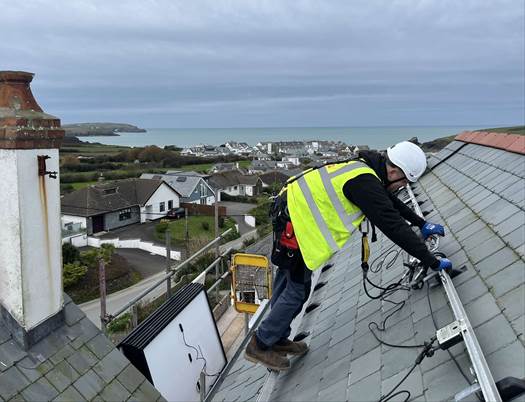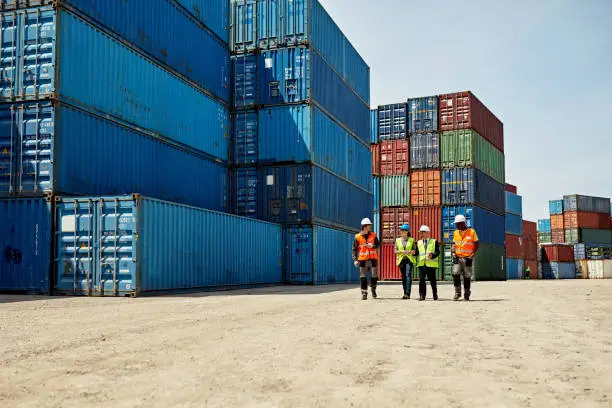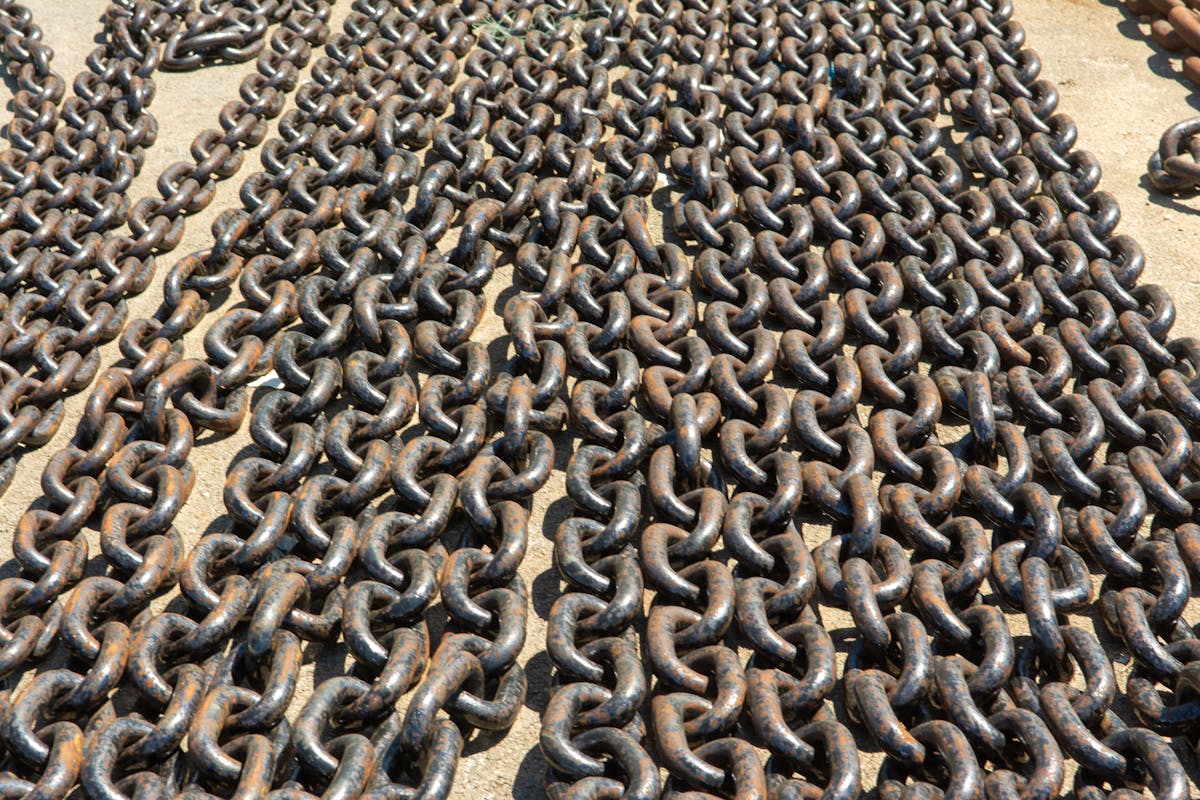When the motion for No Falls Week was tabled in parliament, it was noted that a falling from a height has been the cause of 30% of workplace fatalities in the food and drink industry alone. Figures from the Health and Safety Executive report that there has been a total of 40 deaths in England, Wales, and Scotland related to falls from a height during 2022-3. This is in addition to the 1000’s of non-lethal falls that take place every business year. These accidents still have the potential to cause significant disruption to the lives of employers and employees, as well as potentially prevent individuals form returning to their line of work.
Employers have a duty to protect those completing work for them, regardless of the nature of their employment contract. This means taking steps to ensure workplaces are safe. When it comes to working at height, employers should focus on the following risk factors:
- Slippery surfaces.
- Personal Protective Equipment (PPE).
- Weather conditions at altitude.
- Training and experience.
- Faulty or outdated equipment.
- Fragile or corroded structures.
- Duration of the activity.
- Other hazards within the environment.




